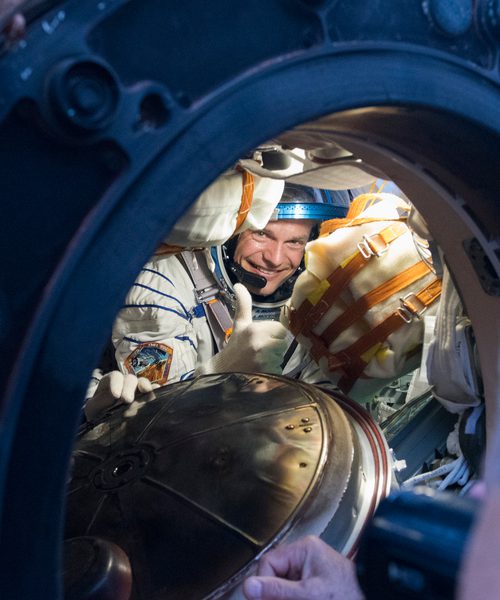
The Big Bang
We take a closer look at the beginning of the universe - the Big Bang, where time, space and all matter in the universe came into being
Where does everything come from?
Everything you see around you is made up of atoms. Atoms are made up of particles; protons, neutrons and electrons. These particles are made up of even smaller elements called quarks.
Hydrogen, or hydrogen, is the most abundant element in our universe. It is the simplest element and consists of just a single proton. Hydrogen is important to us as it is used in many chemical compounds. For example, in the water we drink and in the cells of our body.
To find out how the first atoms were formed, we have to turn back time to the beginning of the universe.
Today, we believe that the universe was created over 13 billion years ago in what is known as the Big Bang. But what exactly is it?
The background to the Big Bang theory is relatively simple. In a nutshell, the Big Bang theory explains that everything that has ever existed in the universe came into existence at the exact same moment almost 13.8 billion years ago.
At that time, all the material that exists in the universe came into existence. But also time itself and the space around us came into being at this moment. So the Big Bang created three things: The material we are made of, the space between the material, and time. That's why it's actually not possible to talk about a time before the Big Bang, because time did not exist.
The universe was once much smaller, much denser and much hotter than it is now. Very shortly after the formation of the universe, a massive expansion started and has continued ever since. The driving force behind the expansion of the universe is what we call dark energy. As the universe has expanded, it has also become colder.
When we look out into the universe today, it looks like all of space is expanding around us. But in fact, the universe is expanding at all points and in all directions. In this way, you could also say that the Big Bang didn't happen at a specific point, as all the space we see today originated from the Big Bang.
The early universe
We only know a little bit about what happened in the moments after the Big Bang. The theories we have today that describe the laws of physics start to break down when we try to describe the early universe. The laws of physics as we know them seem to have behaved very differently in the first seconds after the Big Bang.
The conditions right after the Big Bang have been so extreme that it's very difficult to replicate here on Earth. We believe that just a few minutes after the formation of the universe, the temperature dropped to around one billion degrees.
About three minutes and 20 seconds after the Big Bang, the first protons and thus the first atomic nuclei are formed. In the following minutes, all other matter in the universe is formed. The first atoms to form are hydrogen, helium and small amounts of lithium.
The cosmic microwave background radiation
It's not possible for us to observe the Big Bang directly, but how close can we get? The answer is what is called the cosmic microwave background radiation.

The cosmic microwave background radiation measured by the Planck mission. This image is a map of the entire sky, where the different colours correspond to very small temperature differences in the radiation.
Photo: ESA / Planck Collaboration
In the first time after the Big Bang, the universe was so hot and so dense that light could not travel freely through space.
It wasn't until 380,000 years after the Big Bang that the universe cooled down enough for electrons to start gathering around the first atomic nuclei to form the first whole atoms. When this happened, light could travel freely for the first time without hitting the free electrons or atomic nuclei. It is also said that the universe became transparent.
The first light was not emitted until 380,000 years after the formation of the universe, and it is this light that we see today as the cosmic microwave background radiation.
The light can be measured in all directions as a kind of faint background noise in the universe. The radiation reaches us as microwaves - a form of light that cannot be seen with the naked eye, but can be measured with special instruments.
By taking a closer look at this background radiation, scientists have learnt more about both the age and composition of the universe.
The cosmic microwave background radiation is one of the strongest pieces of evidence that there was a Big Bang. The radiation was discovered by accident back in the 1960s, but before that several scientists had calculated that there should be an afterglow from the Big Bang and what temperature this afterglow should be. The first measurements of the background radiation agreed well with these calculations and subsequent observations have only strengthened the theory further.







